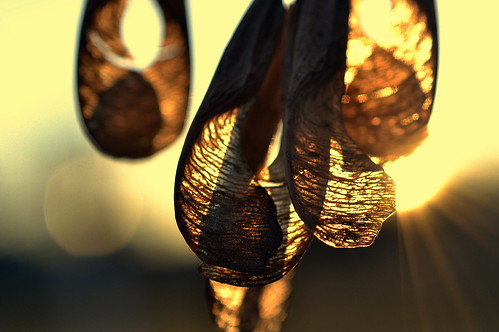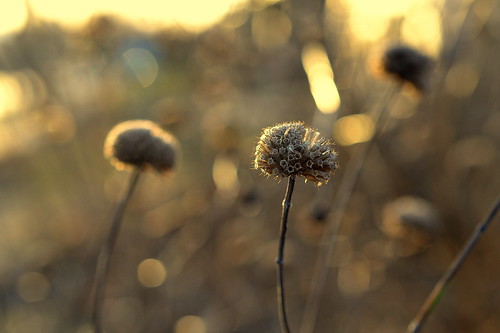
Tomorrow, Mark and I leave for 5 weeks away, completely unplugged. We travel to Nevis, West Indies and stay in a small cottage by the sea. We're "off grid": no Internet, television, email, social media, news, or screens. And we're also deeply plugged in: to ourselves, each other, and nature. Our days are filled with books, yoga, music, writing, meditation, cooking, long walks, ocean swims, and just being. This fills our spirits in inexpressible ways. We spend copious time cultivating our “doing” selves. It’s nice to nourish the being.
If you landed on my website looking for mindfulness opportunities—classes, presentations, or something else—you came to the right place. Please contact me now, while your question is percolating, and I'll respond to you on May 1.
Time is a "thing" in our culture: not having enough time. But in this moment—when we pause—there's enough time. There's space. It's all okay. If you need a gentle reminder, listen to this short guided meditation:
--
E-Course: Coming Home to Yourself | Monthly Mindfulness | About Joy |
Guided Meditations | Facebook Page | Photography

Earlier this month, Mark and I traveled to the Porcupine Mountains where we spent 3 nights in a rustic yurt on the Lake Superior shore. We hoped to snowshoe during the day, but the conditions changed rapidly. During our long hikes through the woods, the ground was unsteady: snow then ice then slush then flowing water then snow. This kept us focused on each step. When we reached solid ground, I noticed palpable relief: Ahh, I can walk naturally and easily. Immediately, I saw this as a metaphor for life. We seek solid ground; we crave certainty. Instead of viewing ground as a relief, ebb, or oasis, we start to expect it all the time. And this creates suffering.
It’s helpful to realize that life is always uncertain, though we pretend otherwise. We often feel alarmed—like something is “wrong” or a “problem” —when it’s just life. A different route is to flow with life, whatever arises. Life isn’t a problem to solve, it’s an experience to be lived.
Pema Chödrön writes: “We think that the point is to pass the test or overcome the problem, but the truth is that things don’t really get solved. They come together and they fall apart. Then they come together again and fall apart again. It’s just like that. The healing comes from letting there be room for all of this to happen: room for grief, for relief, for misery, for joy.”
Walking on uncertain ground—letting things fall apart and come together—is a brave path. It requires honesty and gentleness. It asks us to remove our armor and feel the raw vulnerability that is life. This doesn’t happen all at once—it happens gradually with patient and persistent practice. Peace doesn’t just arrive: It’s cultivated. Small steps have big impact.
You can begin right now. Listen to this short guided meditation:
--
E-Course: Coming Home to Yourself | Monthly Mindfulness | About Joy |
Guided Meditations | Facebook Page | Photography

Over the years, I've interacted with diverse groups of people: accomplished academics, endurance athletes, prison inmates, college students, service workers, recovering addicts, and meditation teachers. Within all these groups—within me—there's a core wound: an underlying feeling of "not good enough." Our mental narratives come in different flavors, but the wound is similar. It's a soft spot of vulnerability; a place where we wonder: "If people see this part of me, will they still love me?"
To protect these soft spots, we use varied strategies: achievement, judgment, busyness, blame, and fierce independence. These strategies work for a while, but eventually they exhaust us. In our own time, we realize: it's easier to feel vulnerability than to resist it.
Though we're all connected by this core wound, we apply strategies that make us feel more alone. The healing comes when we unveil our soft spots, and this takes bravery. We live in a culture that values mental toughness and individual accomplishment. Yet our healing asks for a vulnerable team effort.
As part of our global team, I'll begin. My wound calls to me through outward signs: striving to be perfect and save the world. These actions make me feel "good enough" for a while, but they don't cover my deeper ache: what if I'm really not good enough? What if I'm unlovable? This is a painful, lonely feeling. Through practice, I've learned to stay in meditation with the pain and notice how it changes. Gradually I apply self-compassion and restore my perspective. Yet I realize this medicine, though helpful and necessary, doesn't connect me to others. It keeps my story hidden.
So, if you feel alone and caught in some version of "not enough," please know I'm beside you. Daily, I feel this same uneasiness. We're connected in far more ways than we realize. Most of us feel like we're not enough, but the truth is: we are enough, as is; we're perfectly imperfect; we're flawed and lovable.
--
E-Course: Coming Home to Yourself | Monthly Mindfulness | About Joy |
Guided Meditations | Facebook Page | Photography
Two months ago, I wrote a post entitled, "It's Okay to not be Okay." This seemed an important recognition both for me and the world. We needn't pretend we're okay when we're not. Be messy, real, raw, vulnerable, lonely, or sad. Be however you are. And try to meet others there, too.
Now it feels important to share another message: It's okay to be happy. Life is complicated, heartbreaking, and uncertain. If I'm not careful, I'm pulled into heaviness. Though outwardly I exude light and compassion, my heart gets heavy. At a recent meditation retreat, I felt—in a visceral way—the holding back of my heart: there was a tug, a slight tightening, in my chest if I allowed for happiness and ease. My mental chatter created tension: "Joy, you shouldn't be happy, because Patrick just died," or "Joy, you shouldn't feel ease, because our country is in crisis."
By staying open and aware during that 3-day silent meditation retreat, I rediscovered lightness. I could feel a pull toward darkness (blame, anger, grief) and chose a different path. The red string around my wrist reminds me daily: enjoy my practice; lighten up; laugh and sing. It's helpful to realize that things change. For months, I felt heavy. Now I feel lighter. It's okay to not be okay, and it's equally okay to be happy (or to flow between the two).
In difficult times, it's a radical act to be creative and happy; to step away from darkness and move into the light. That's the kind of radical I'm trying to be: a superhero of kindness, joy, presence, and light. There's plenty of kryptonite in my path, but I have hope. Not blind hope, but hope as described by Rebecca Solnit: "We don't know what's going to happen next, and that gives us room to act. Hope is active engagement with uncertainty and the possibility that it holds."
Active engagement with uncertainty. Room for anything to happen. Allowing for pain while equally allowing for joy. It's okay to be happy.
--
E-Course: Coming Home to Yourself | Monthly Mindfulness | About Joy |
Guided Meditations | Facebook Page | Photography




